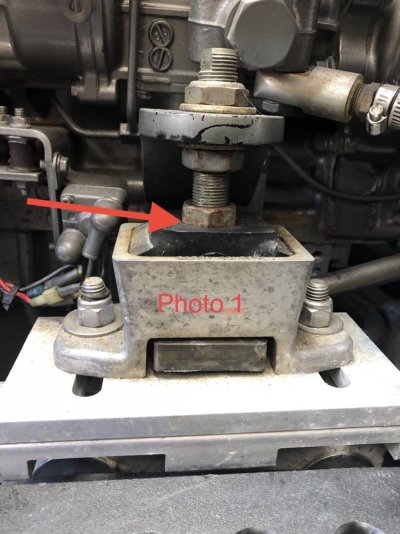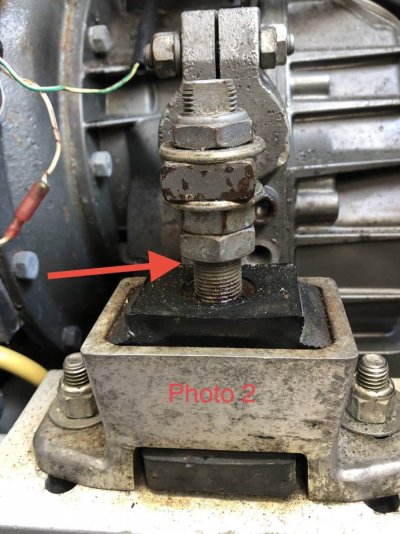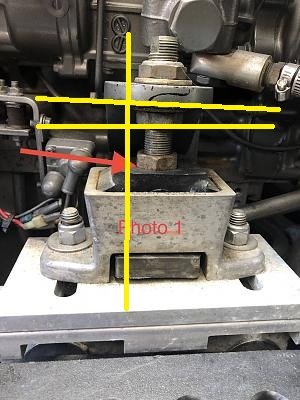Hawkshaw1
Senior Member
I have a 2001 390 that I am enjoying. It's our first "big" boat.
I am slowly sorting it out and understanding how all the systems work.
I have a question about the main engine mounts. All four of them are equipped with a washer under the large lock nut and all four washer will spin under the nut. There isn't really play to speak of but the nut doesn't touch the washer.
I don't have any records from the previous owner but I suspect they're original. I don't know if I have a lot of vibration because I don't have a reference point. It seems smooth up to about 2,000 rpms after that the boat seems a little rough. I don't like the way it feels or handles past 2,000 anyway.
I certainly think I'll tighten each nut but does this automatically mean they're bad?
Thanks,
Hawk
I am slowly sorting it out and understanding how all the systems work.
I have a question about the main engine mounts. All four of them are equipped with a washer under the large lock nut and all four washer will spin under the nut. There isn't really play to speak of but the nut doesn't touch the washer.
I don't have any records from the previous owner but I suspect they're original. I don't know if I have a lot of vibration because I don't have a reference point. It seems smooth up to about 2,000 rpms after that the boat seems a little rough. I don't like the way it feels or handles past 2,000 anyway.
I certainly think I'll tighten each nut but does this automatically mean they're bad?
Thanks,
Hawk




